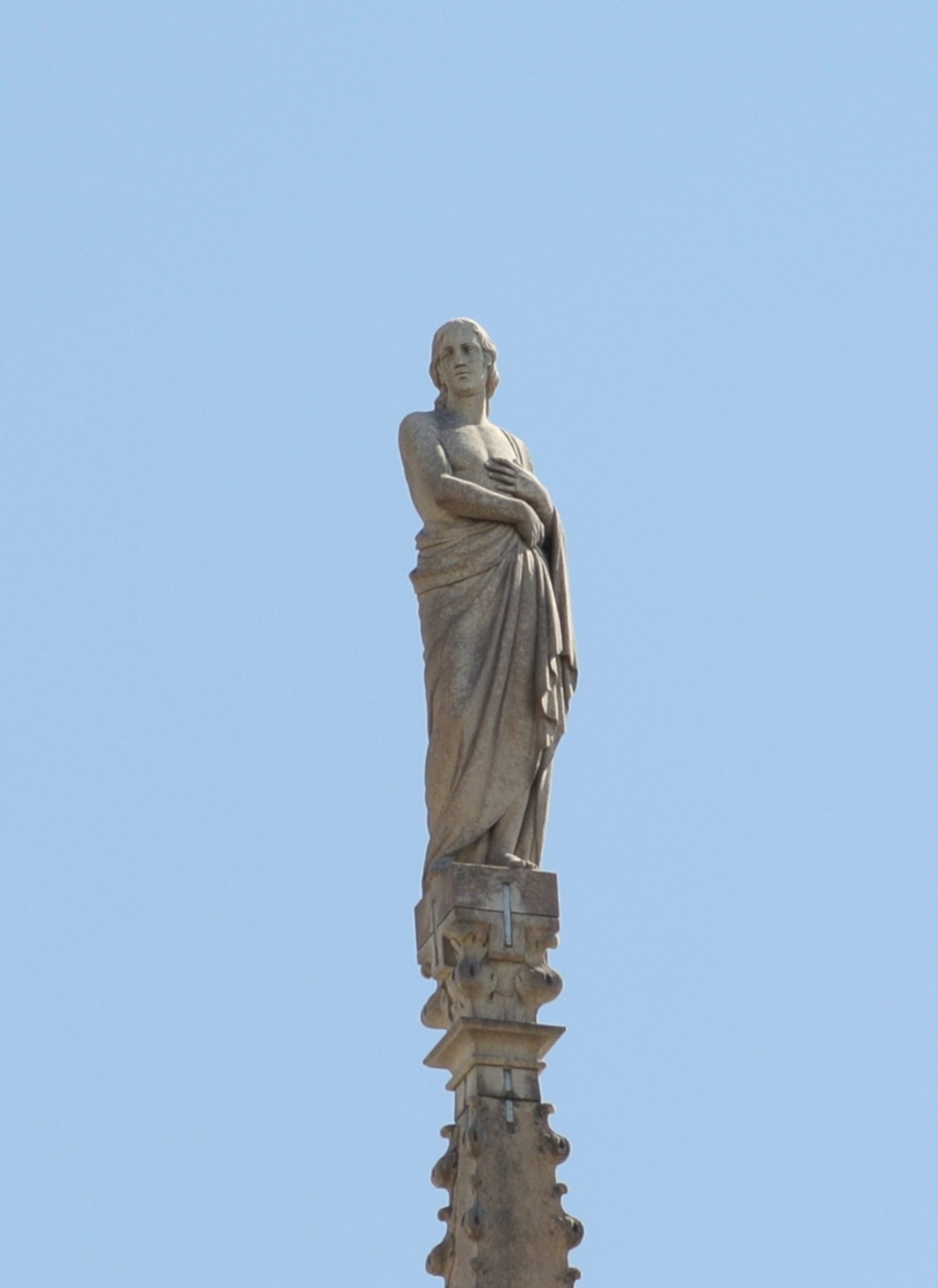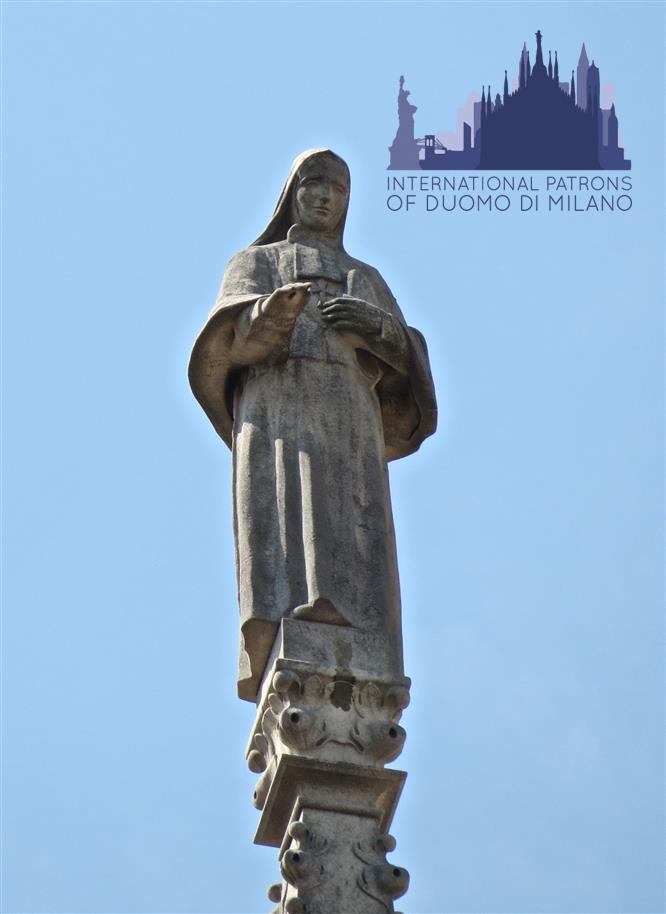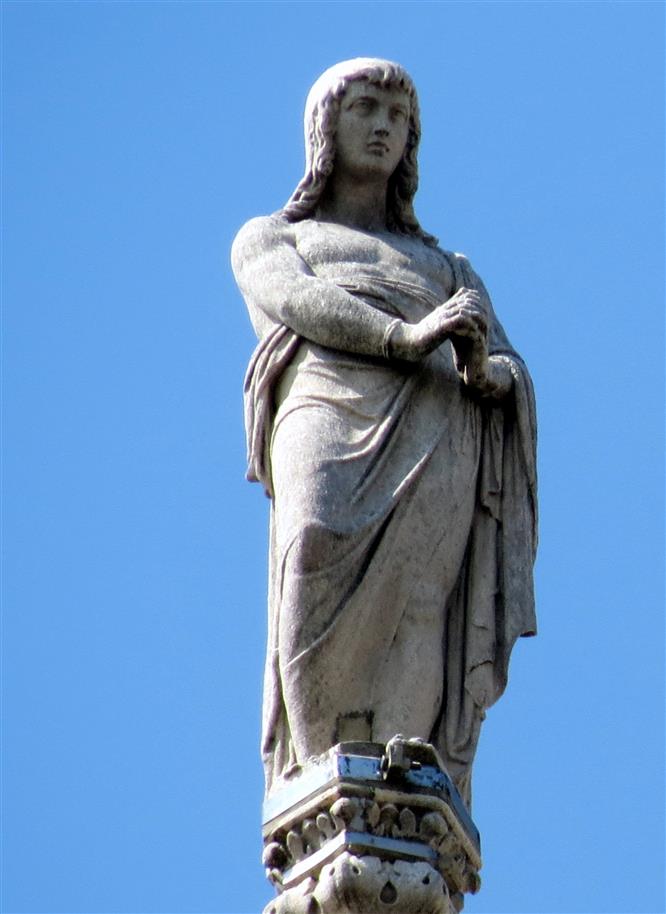Gian Francesco Bascapè was born in 1550 in Melegnano. Immediately after graduating in Civil and Ecclesiastical Law, he offered himself to the holy Archbishop of Milan, Carlo Borromeo, with the intention of “serving God under his obedience”. Having received the ecclesiastical robe, the young Bascapè was appointed canon of the Cathedral and the Cardinal wanted him at his side during his apostolic visits. Elected priest, he decided to enter the Barnabite order, changing his baptismal name to Carlo. In 1584, after the death of Borromeo, he collected countless information on the deeds of his incomparable master, publishing in 1592 the biography that was immediately considered a masterpiece. In the meantime, he was elected to the supreme office of the Barnabite Order. His name, however, is particularly linked to his episcopate which lasted 22 years. He carried out revolutionary work, which also attracted much criticism, taking care of the formation of the clergy, eliminating abuses and favoritism, also opening the so-called “schools of doctrine”. Thanks to this activity, however, he was proclaimed blessed, also defined as “another St. Charles”. He died exhausted by his labors on October 6, 1615, after 22 years of episcopate in Novara. An inexhaustible writer, he left a collection of letters collected in 35 volumes in folio and over a hundred printed or manuscript works on hagiographic, ascetic, juridical, historical, liturgical, pastoral and scriptural subjects.
The tales of the statue in Dome’s building site:
The statue of the Blessed was commissioned to the sculptor Virginio Ciminaghi in 1951 and since then it has stood proudly among the spires that adorn the exterior of the apse of the Cathedral. It is a copy, not the original. Characteristic of the statue is the cloak that adorns the shoulders of the Blessed, absorbed with his gaze turned to the sky, as a sign of profound adoration.
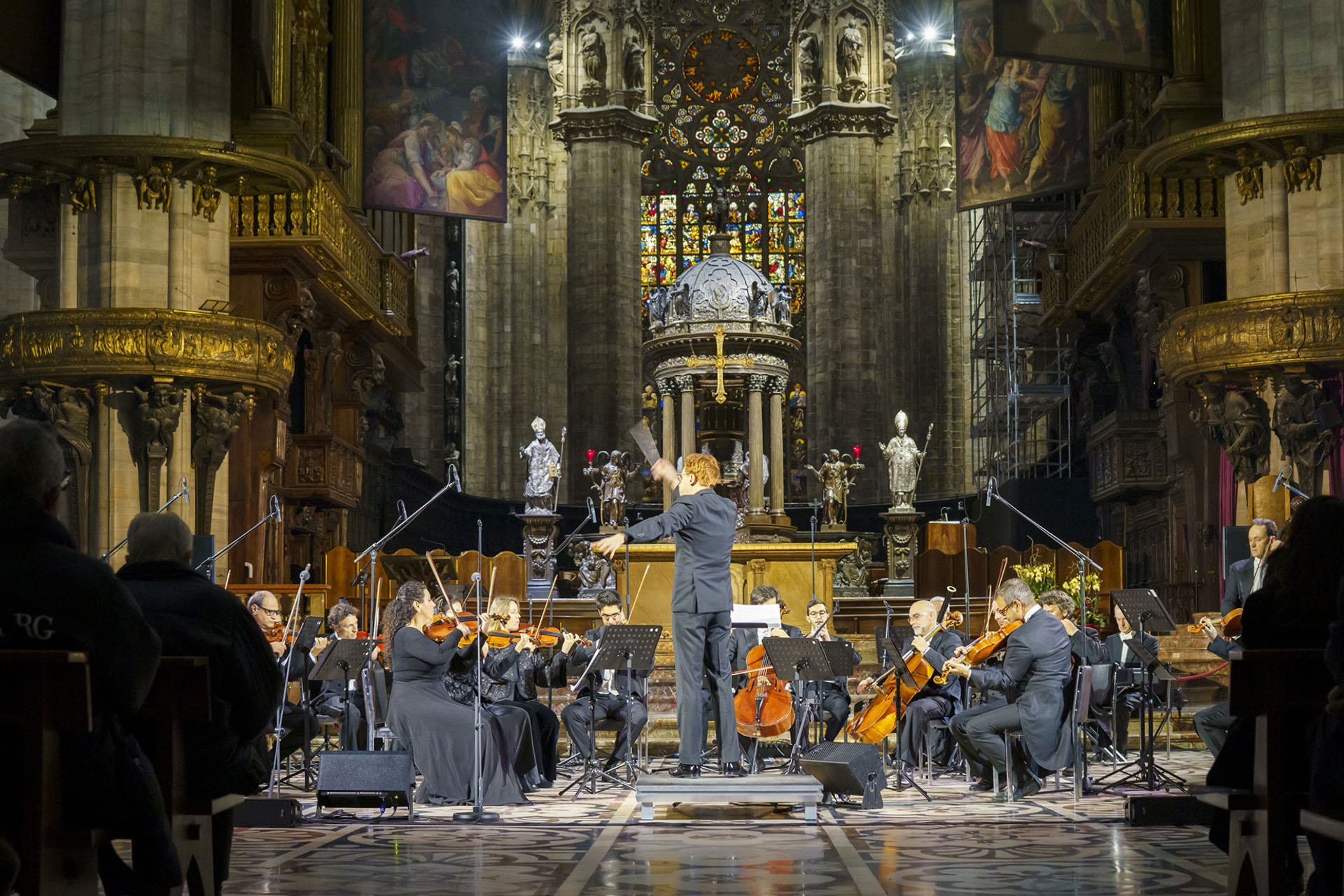
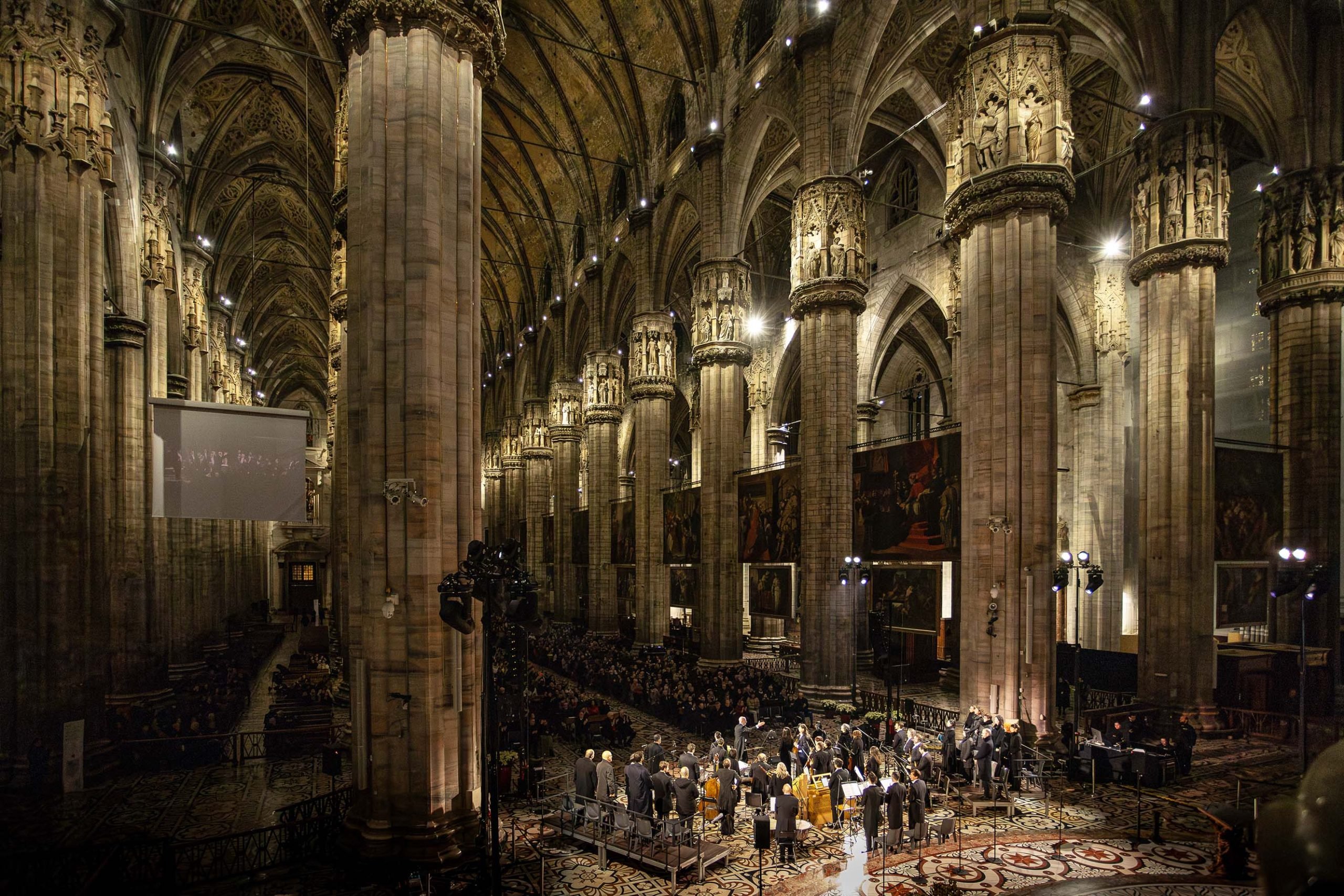
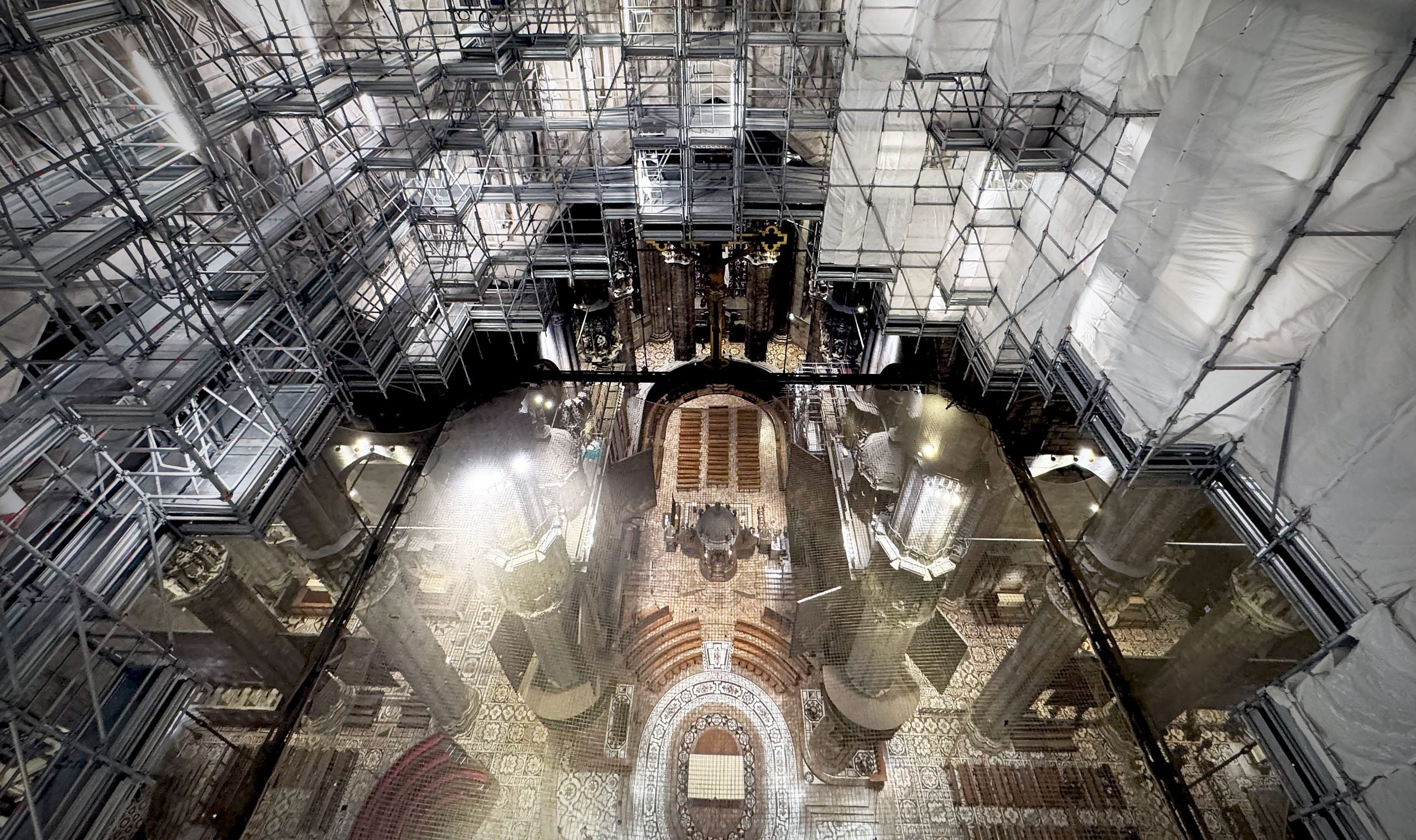
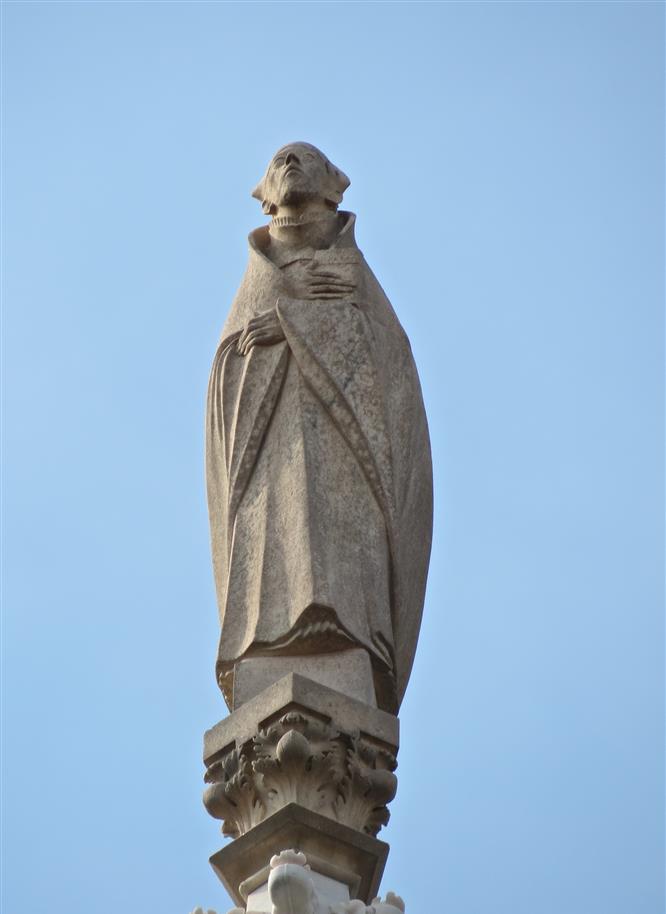
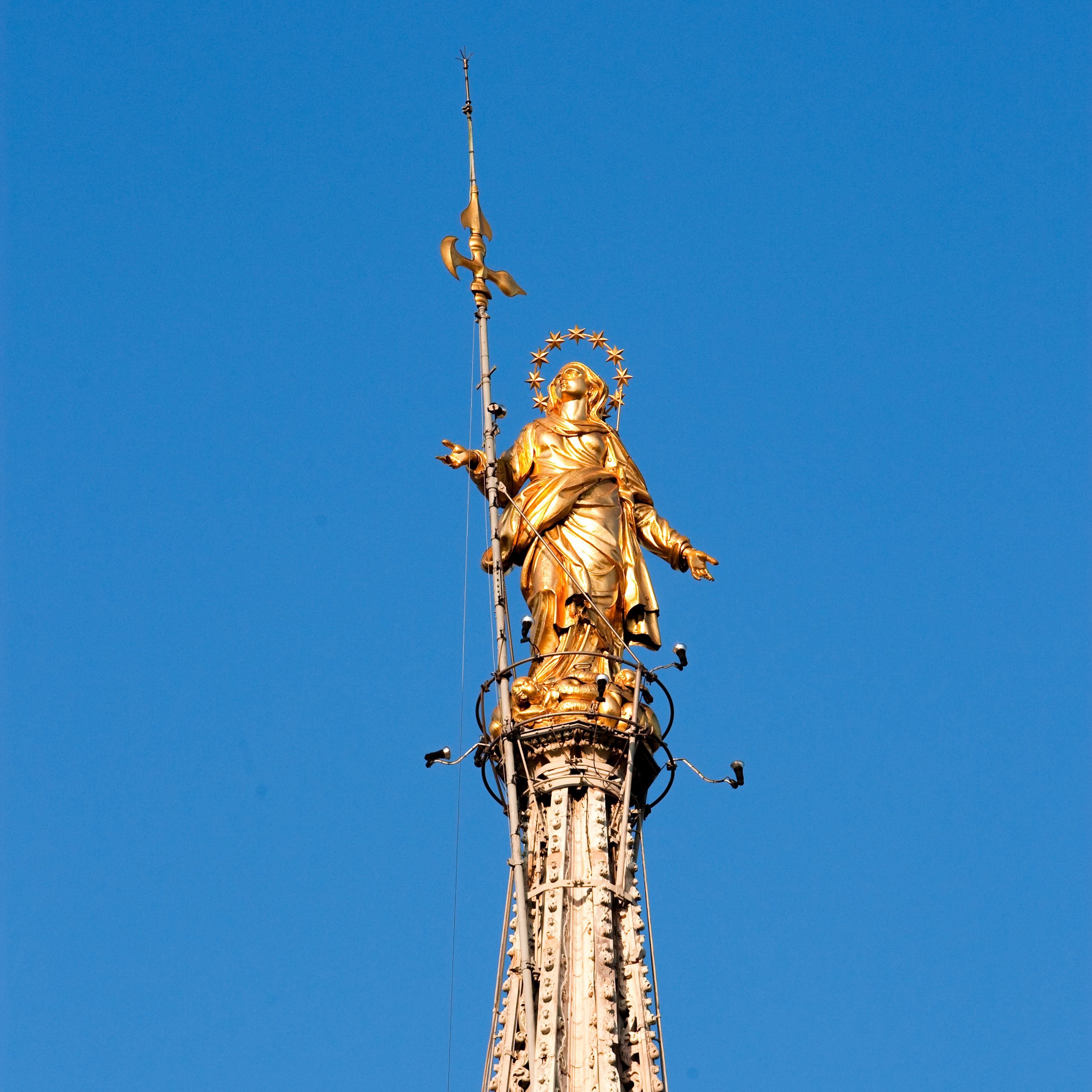
 Tiburio
Tiburio